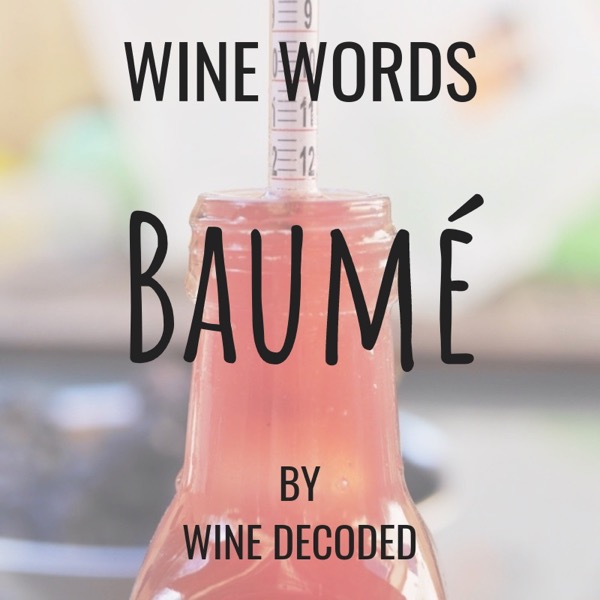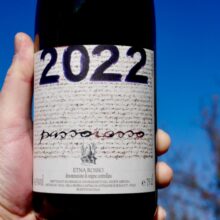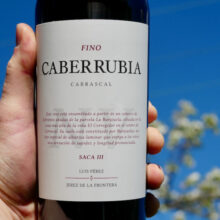Baumé, pronounced Boh-May, & Brix are units of measurement for the amount of sugar in grape juice and fermenting wine.
1°Bé = 1.8°Brix = 18 grams per litre sugar.
Depending on the efficiency of the yeast in converting sugar to alcohol 1°Bé will produce 1-1.1% alcohol. So fruit picked at 12°Bé will result in a wine with 12-13.5% Alcohol.
We measure Baumé & Brix using hydrometers that float in juice and wine.
On the left is a hydrometer and thermometer just about to measure the Baumé and temperature of the fermenting wine. On the right a hydrometer measuring the Baumé of a juice sample to check the sugar levels before picking. You can see it is at about 12.4°Bé. Enough sugar to make a wine with somewhere between 12.4-13.5% alcohol.
The Mega Technical Bit
The reading needs to be adjusted for the temperature of the liquid. We’re measuring the density of the liquid which will be more dense at lower temperatures and less dense at higher temperatures. As fermentation progresses alcohol production reduces the density of the liquid. By the end of fermentation, a hydrometer will need to read negative to indicate all the sugar has been consumed.
A hydrometer can not accurately measure very low levels of sugar. Other tests have to be used to determine precisely how many grams per litre of sugar remain in the wine.







You must be logged in to post a comment.